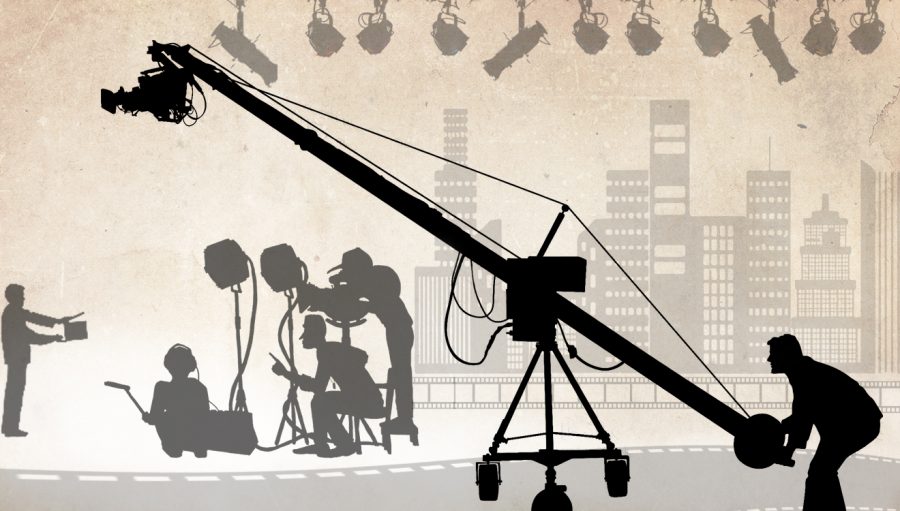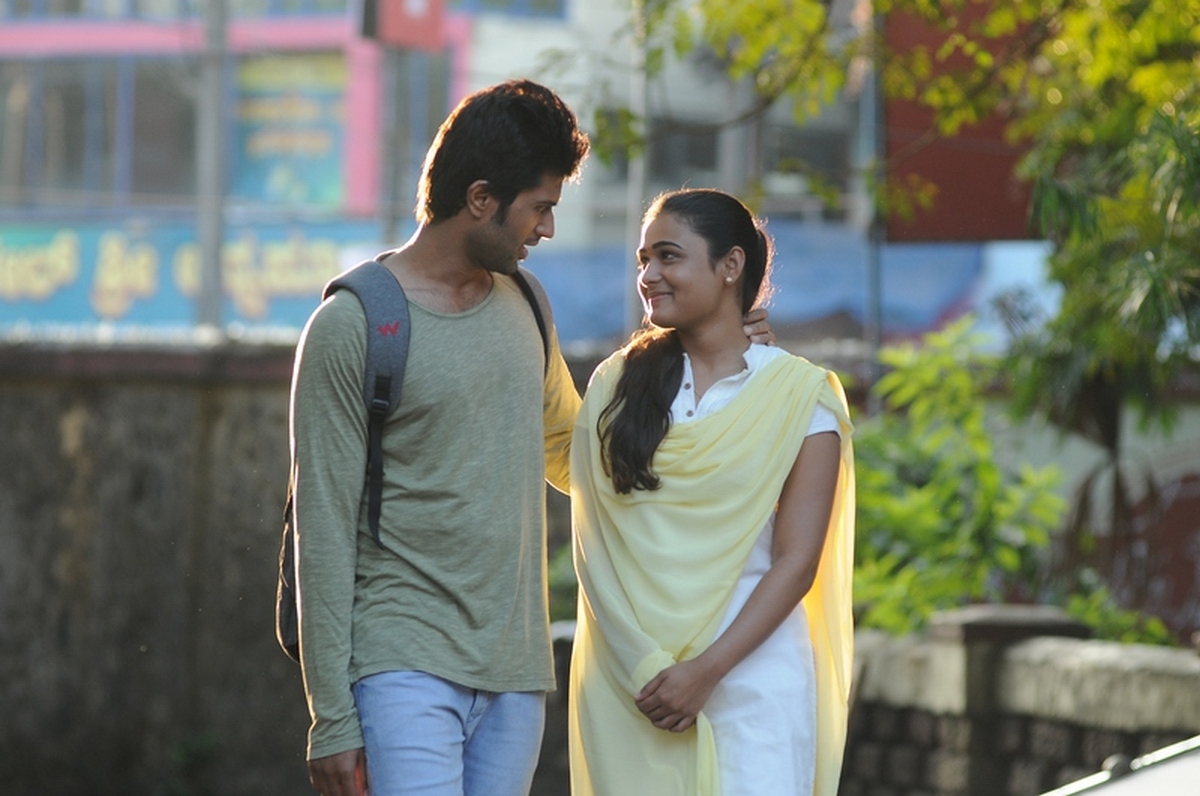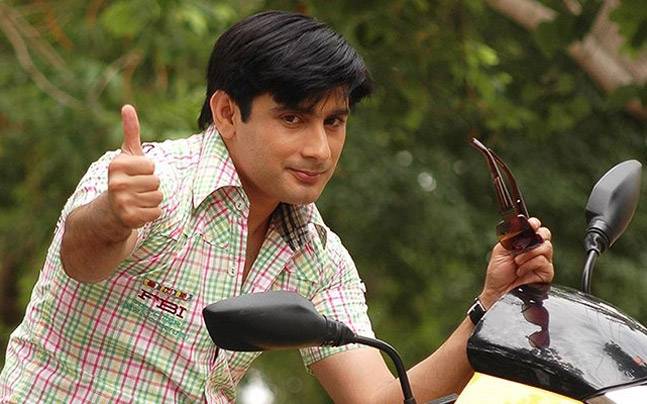S Babu, popularly known as ‘Crane Babu’, works as a crane operator on film sets. His job is to help the cameraperson get the right shot. He’s been in this field for 20 years now. Previously, he worked as a bus conductor. While members of the Film Employees Federation of South India (FEFSI) claim that they are fighting for a noble cause, but for 42-year-old Babu, it just means loss of pay. In the fight for better pay packages, it is workers like Babu who become collateral damage.
While talks are on between FEFSI and the Tamil Nadu Film Producers’ Council (TFPC), Silverscreen spoke to Babu on how the strike affects his livelihood.
“I joined as a helper to a crane operator 20 years ago. I was paid Rs 125 per day. Now, I get Rs 850 per day. We don’t get a monthly salary. Our income depends on daily wages. We get the money only if there is a shoot,” he says. A crane operator gets an extra Rs 100 because of seniority, he adds.
Explaining his daily schedule, he explains that if it is a 9 am call sheet, they have to report by 5 am as moving crane equipment takes time. “We carry all the equipment in a van and reach the spot before the arrival of other technicians and artistes. Dismantling and re-assembling the crane takes a lot of time, that’s why we are the first ones to arrive and last ones to leave the set,” he says.
Babu elaborates that if the shoot wraps up by 6 pm, they only get to leave two hours later because that’s how much time it takes to move and re-arrange the crane. By the time he reaches home, it is almost 10 pm.
“Call sheet may be from 9 am to 6 pm, but we work from 5 am to 10 pm,” he rues.
His day also involves lugging around heavy equipment from one spot to the other. “There are at least four to six parts and each part weighs around 150 kg. It takes three persons to lift one such part. We add weights at one end of the crane and the cameraperson, sitting on the opposite side, moves along with the crane. On a daily basis, we lift these parts multiple times. Crane operators, a team of six, carry out this job, but only the crane operator gets to operate the machine during shoots.” Babu is now the proud owner of a crane service office and offers employment to many.
As a member of FEFSI, Babu says that the union arranges for medical check-ups every week. “If any major accident happens, the production house and FEFSI would take care of the expenses. If we fall sick, we go to the FEFSI office, consult doctors and get free medicines. FEFSI also helps us get college seats for our children. If any production house don’t pay us, we inform FEFSI, they would put pressure on the producers and get us our payment. They have been looking out for the workers. We don’t mind if they announce a strike, it is for our well-being,” he says.
After a pause, he says, “We have lost Rs 6,000 this week due to the strike.”
Babu expresses surprise over the president of TFPC’s statement that they would work with others and not just with FEFSI workers? “Vishal has worked as an assistant director and handled production. He is an actor and has been watching us on the sets for many years now. He knows the kind of hard work we put in. So, it’s surprising that these kind of statements are coming from him.”
Vishal has recently advertised and asked college-goers to join TFPC to work in films as an alternative to FEFSI employees. Babu says that the move is not practical. He says, “Mine is a physically exhausting, someone just cannot start handling crane equipment. It involves a lot of tactics and many years of training. The council’s decision to take fresh talents instead of experienced FEFSI workers is not practical.”
Recommended
Babu likes to travel. “I remember going to Kashmir to shoot a song for Mani Ratnam’s Alaipayuthey. I travelled in a van for five days carrying crane equipment. At that time, I was getting paid Rs 250 per day, but I got extra money for doing night shifts. I have been to Norway, Geneva, Switzerland and many other foreign locations. My Norway trip with KV Anand sir for Ko has been the best so far.”
Before signing off, Babu asks proudly, “Have you seen Madhavan’s introduction scene in Vikram Vedha? Did you like it?” He went on to explain that the scene where Madhavan walks in was done in a single shot. “That sequence involved tremendous and quick crane operation. We had to rehearse a day before the shoot to check if it can be done with the crane operation. We do our work with passion. We also want each and every scene in a film to come out well. Our part might be a small one, but the film is also our product,” he says.
Illustration by Dani Charles



